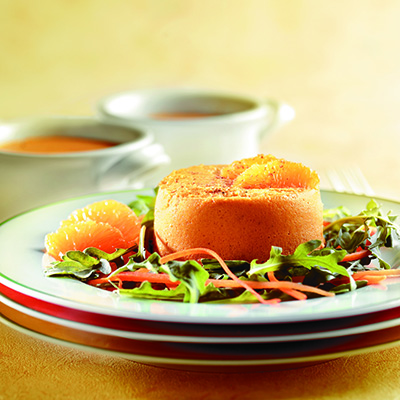- Strawberries
- Cook With Apples
- Grapes
- Grapefruit
- Lemons
- Cabbage
- Asparagus
- All About Bulb Vegetables
- All About Cruciferous Vegetables
- Squash
- All About Root Vegetables
- The Gift of Spice
- Thyme
- Basil
- Raspberries
- All About Tuber Vegetables
- Marjoram / Oregano
- Lemongrass / Citronella
- All Our Fruits, Vegetables and Fresh Herbs
- All About Exotic Fruits
- All About Legumes
- Cooking Pears: Three Inspirational Methods
Ugli
All About Ugli Fruit

The ugli fruit, which was discovered in Jamaica at the beginning of the 20th century, is not pretty. It has a very rough, uneven and thick peel, usually with blemishes, and has an odd shape.
Its exact origin is unknown, but the ugli fruit is believed to be a cross between a mandarin, orange and a pomelo. Its parentage combines the best characteristics of the tangerine, grapefruit and Seville orange.
The wrinkled, loose, thick skin peels away easily. Depending on the variety, the ugli fruit's skin can be orange-yellow to reddish-orange. The pinkish-orange flesh is juicy, sweeter than a pomelo, pleasantly acidic and almost seedless.

Basic Tips
- Do not be concerned about the presence of spots, scars, uneven colour or loose skin—none of this affects the quality or taste of the fruit.
- Remove ugli fruits from the refrigerator and leave at room temperature for a few minutes to maximize the taste of the fruit.
- The ugli fruit is versatile. It can be peeled like a tangerine, cut in half like a grapefruit or added to fruit, vegetable or seafood salads.
Expert tip
Choose firm ugli fruits that are heavy for their size.
Availability
Ugli fruits are available in your Metro supermarket from December through to May.
Nutritional value
The ugli fruit is an excellent source of vitamin C.
Storage
Store at room temperature and eat within five days or refrigerate for up to two weeks.















